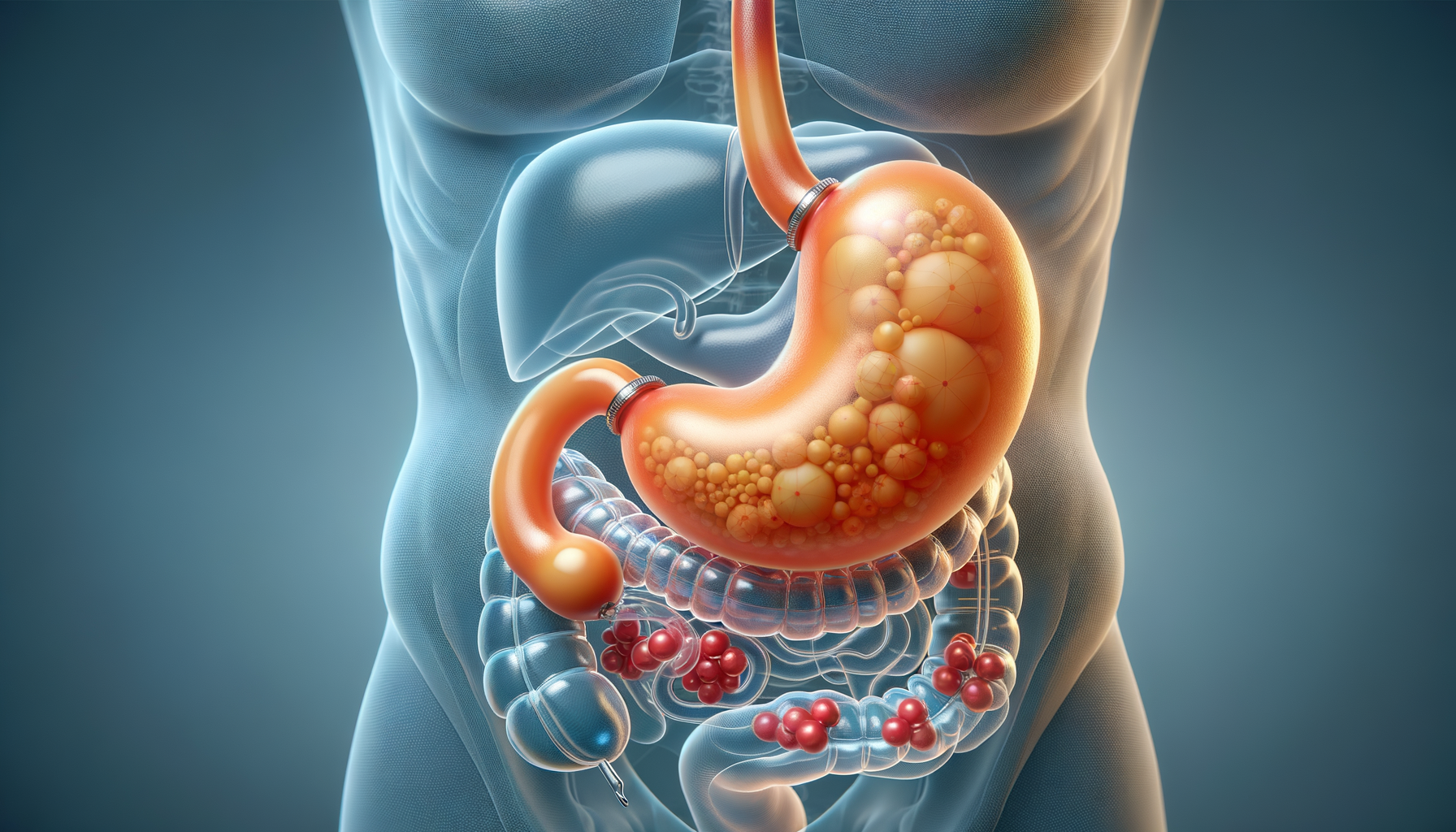
Lose Weight Confidently in Canada: Discover the Gastric Balloon Procedure
Understanding the Gastric Balloon Procedure
The gastric balloon procedure is a non-surgical weight loss option that has gained traction in Canada and beyond. It involves placing a soft, silicon balloon in the stomach, which is then filled with saline solution. This balloon occupies space in the stomach, making the patient feel fuller with less food intake. The procedure is typically performed endoscopically, meaning it’s minimally invasive and doesn’t require incisions. The entire process usually takes about 30 minutes, and patients can often go home the same day.
One of the primary reasons for the growing popularity of the gastric balloon is its effectiveness in facilitating weight loss without the need for invasive surgery. Unlike gastric bypass or sleeve gastrectomy, which permanently alter the stomach’s structure, the gastric balloon is temporary and reversible. Patients generally have the balloon in place for about six months, during which they work with healthcare professionals to develop healthier eating habits and lifestyle changes.
The procedure is particularly beneficial for individuals who have struggled with traditional weight loss methods. It serves as a catalyst for weight loss, helping patients lose a significant amount of weight in a short period. This can be particularly motivating for those who have found it challenging to see results through diet and exercise alone. However, it is important to note that the gastric balloon is not a standalone solution; it is most effective when combined with a comprehensive weight management program.
Benefits and Considerations of the Gastric Balloon
There are several advantages to choosing the gastric balloon procedure for weight management. Firstly, the non-surgical nature of the procedure means that the risks associated with traditional weight loss surgeries, such as infections or complications from anesthesia, are minimized. Additionally, because the balloon is not a permanent fixture, it offers flexibility for patients who may not be ready for a long-term commitment.
Another significant benefit is the reduction in hunger pangs. The presence of the balloon in the stomach helps suppress appetite, making it easier for patients to adhere to a reduced-calorie diet. This can lead to substantial weight loss, with studies showing that patients can lose between 20-50% of their excess weight during the six months the balloon is in place. Moreover, the procedure can also lead to improvements in obesity-related conditions such as type 2 diabetes, high blood pressure, and sleep apnea.
However, potential candidates should consider certain factors before opting for the gastric balloon. While the procedure is generally safe, some patients may experience side effects such as nausea, vomiting, or abdominal discomfort shortly after the balloon is placed. These symptoms typically subside within a few days, but it’s crucial to have a healthcare provider monitor the situation. Additionally, the success of the procedure heavily relies on the patient’s commitment to lifestyle changes. Without these, the weight loss achieved may not be sustainable once the balloon is removed.
Who is an Ideal Candidate for the Gastric Balloon?
The gastric balloon is an excellent option for individuals who are looking for a non-surgical method to jumpstart their weight loss journey. It is typically recommended for those with a body mass index (BMI) between 30 and 40, which classifies them as obese. However, it might also be considered for slightly lower BMI ranges if the patient has obesity-related health issues that could benefit from weight loss.
Ideal candidates are those who have attempted to lose weight through traditional methods such as diet and exercise but have seen limited success. The procedure can serve as a motivational tool, providing quick initial results that encourage further lifestyle changes. It’s also suitable for those who are not eligible for or are hesitant about undergoing more invasive weight loss surgeries.
Before proceeding with the gastric balloon, candidates undergo a thorough assessment to ensure they are suitable for the procedure. This includes evaluating their overall health, understanding their weight loss goals, and discussing any potential risks or side effects. It’s essential for patients to be committed to following a structured weight loss program during and after the balloon placement to maximize the benefits of the procedure.
The gastric balloon is not recommended for individuals with certain medical conditions, such as inflammatory bowel disease, previous gastrointestinal surgery, or large hiatal hernias. As with any medical procedure, a detailed consultation with a healthcare provider is crucial to determine if the gastric balloon is the right choice.


